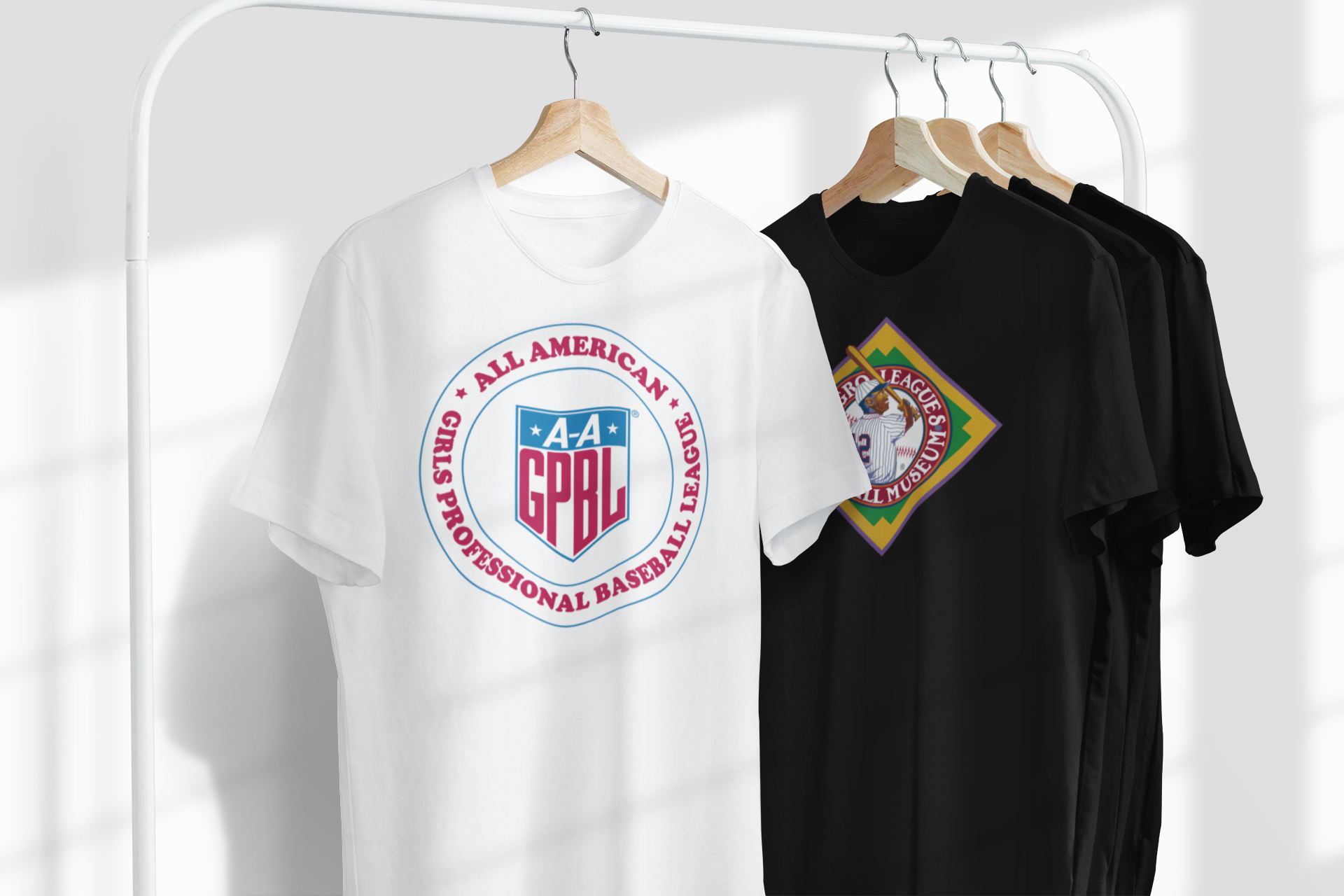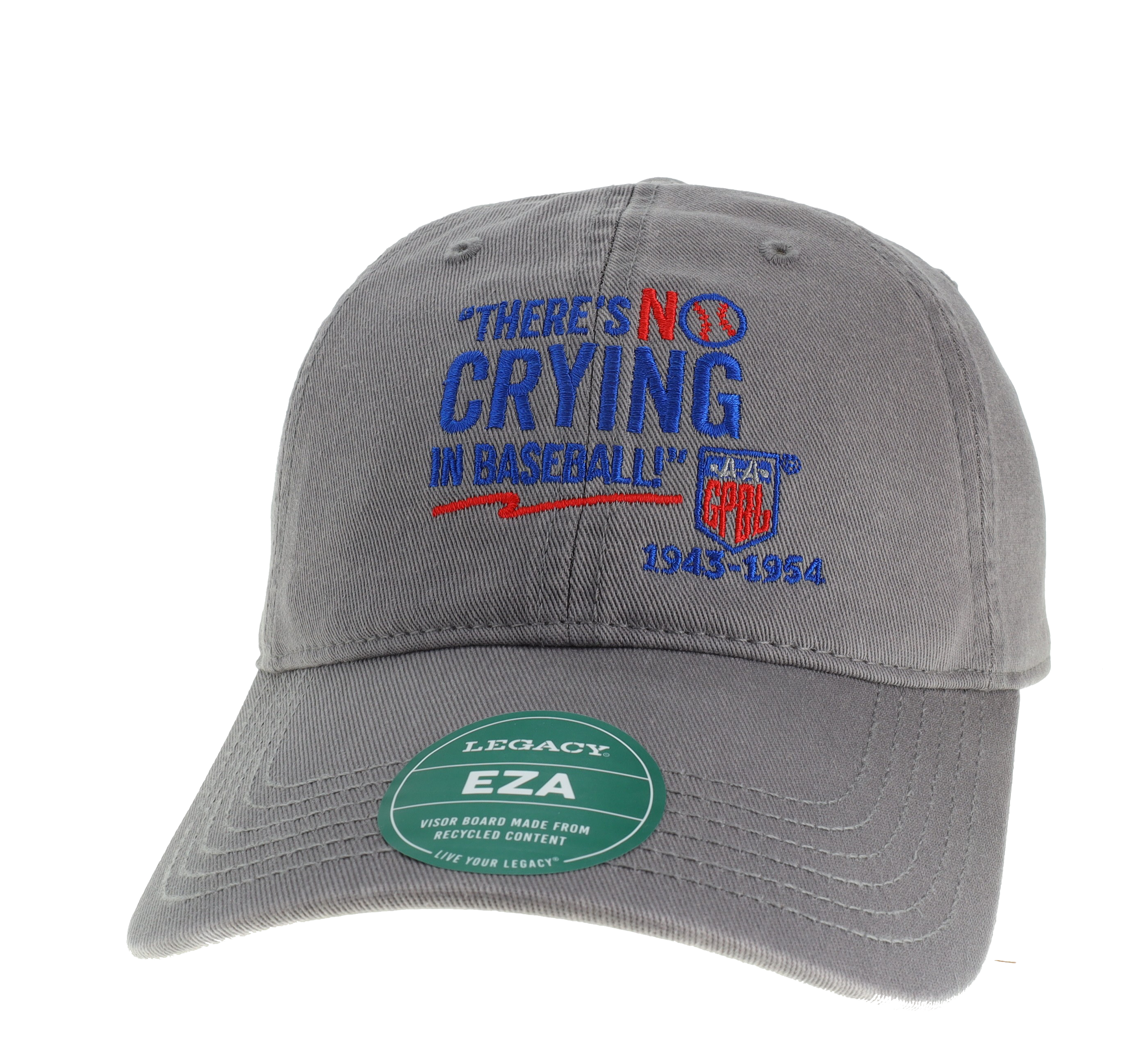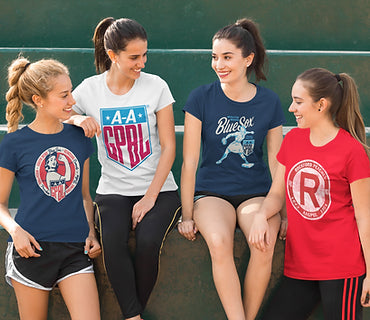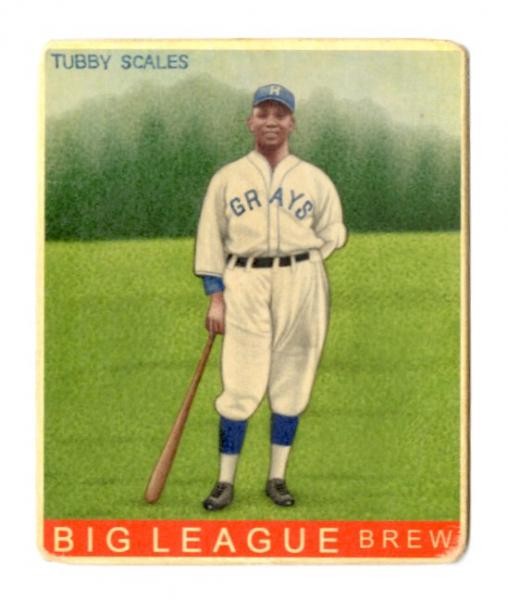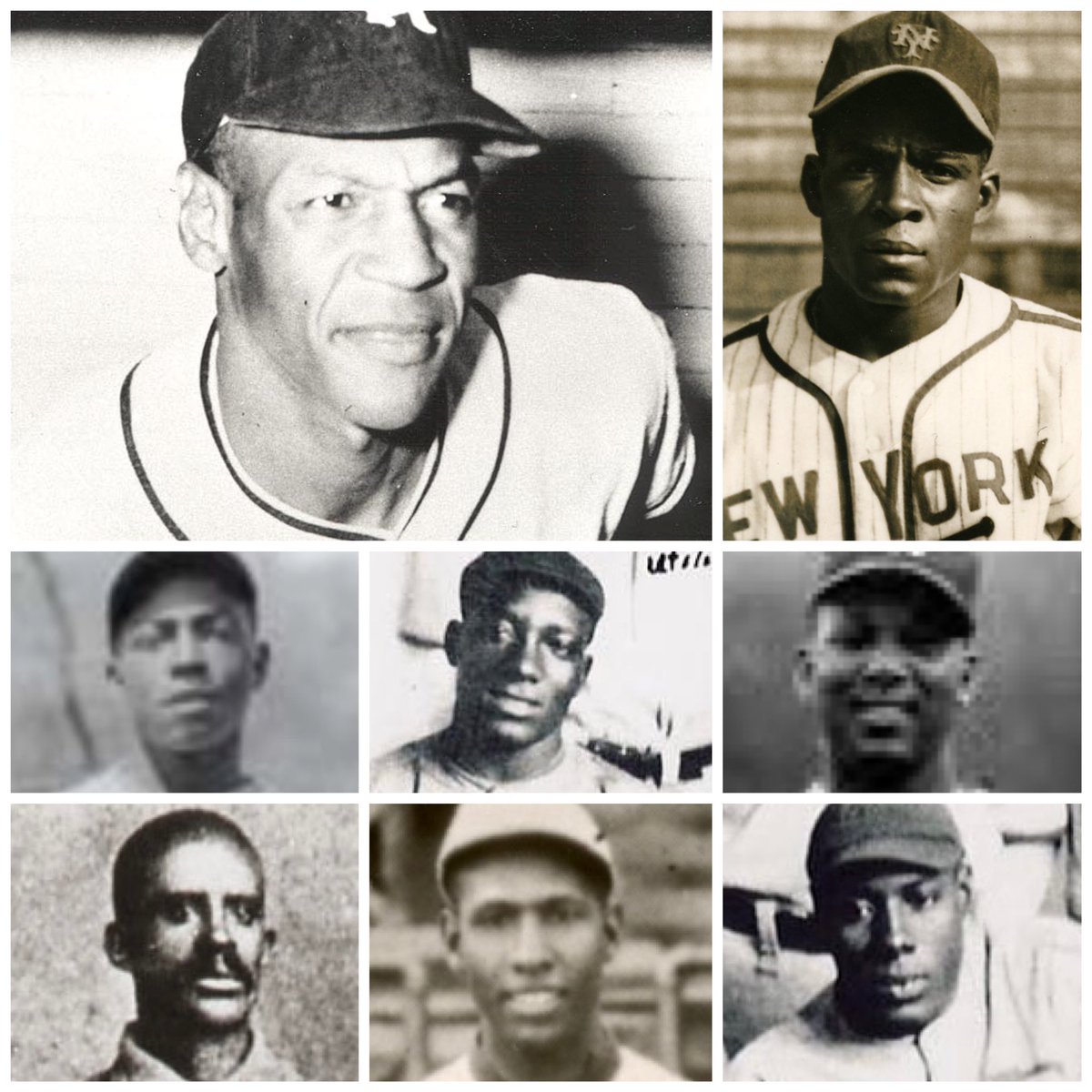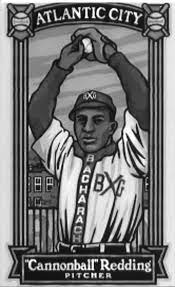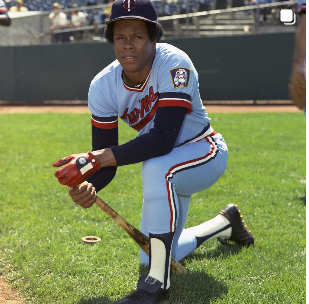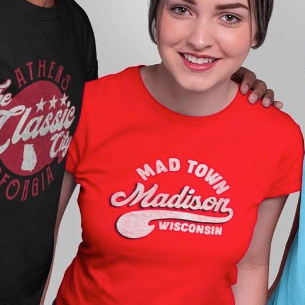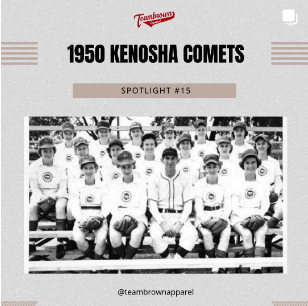The National Baseball Hall of Fame and Museum will be considering several former Negro League players to be included for election to the Class of 2022. (The election will take place on December 5, 2021).
Seven Negro Leagues and pre-Negro Leagues legends will be considered - Today we focus on - George “Tubby” Scales.
George “Tubby” Scales played 20 seasons in the Negro League as an infielder, compiling a .319 batting average and .421 on-base percentage. He also managed for six seasons in the Negro Leagues and 12 seasons in the Puerto Rican Winter League, leading the Santurce Cangrejeros to the Caribbean World Series title in 1951.

A good right-handed hitter for both average and power, he feasted on curveballs. Scales was a versatile fielder who could play third base, first base, shortstop, or the outfield, but who was at his best at second base. He was a fast big man but a little portly, and lacking the speed necessary for a wide range afield, he compensated by studying the hitters, positioning himself accordingly, and throwing runners out with his rifle arm. He also had a fast arm for double plays.
He attended Talladega College in his hometown, playing shortstop on the school team before signing with the Montgomery Grey Sox in 1919. After two years with the Grey Sox, he moved up to a quality team in 1921 with the St. Louis Giants. The following year he played third base with the St. Louis Stars in their first game ever, but later in the season he suffered a broken leg sliding into second base and hit only .208 for the year.
The next season he traveled East to join the new Eastern Colored League and spent most of his prime years with the New York Lincoln Giants (1923-1929), where he batted in the heart of the order and recorded batting averages of .429, .367, .361, .222, .446, .338, and .387 while starting at three different infield positions. He was lured away to join the great Homestead Grays of 1930-1931, where he batted fifth in the order, hitting behind Judy Johnson the first year and Josh Gibson the latter year, while recording averages of .303 and .393. This aggregation of talent was one of the best of all time and featured Josh Gibson, Oscar Charleston, Jud Wilson, and Smokey Joe Williams.

While Scales was with the Grays, he and Ted Page engaged in an argument over Page's poor performance in a loss. Words were exchanged and Page hit him and knocked out two of his teeth. George "Chippy" Britt, one of baseball's "big bad men," got between them with one in each arm and broke up the fight. But their anger didn't subside, and the two players were roommates. That night they slept facing each other, each with a weapon in his hand.
Always a team man and a smart player, he was responsible for the New York Black Yankees being organized in 1932, and became the franchise's first manager. The team operated on a percentage basis, backed by two "shady" characters, with James Semler acting as the road secretary only because Scales wanted him in that capacity. Semler took control of the team in 1933, and Scales remained with the ballclub for the next five years, with the exception of 1935, when he returned to the Grays for a season, batting .263. His relationship with Semler soured and eventually led to his removal as manager. In 1937 he left his Black Yankees jersey to play in Santo Domingo with the Estrellas Orientales ballclub, where he hit .295 for the season.
In 1938 he succeeded Biz Mackey as the Baltimore Elite Giants' manager, leaving in 1939 to take the reins of the New York Black Yankees for another season, but returning to Baltimore in 1940 as a player. Scales continued with the Elites through most of the '40s, playing both infield and outfield and posting averages of .304, .255, .244, .253, .300, and .309 in 1940-1945. In 1942, with Scales hitting third in the order, the Elites challenged the Grays for the Negro National League pennant before losing out in the last days of the stretch drive. The next season, although nearing the end of his career, he appeared as a pinch hitter in the All Star game. A line-drive hitter with a good eye at the plate, Scales compiled a lifetime .313 batting average over a twenty-five year career as an active player in the Negro Leagues.

In his latter years he became a playing manager and often was an overbearing, tough taskmaster who sometimes showed his temper or verbally assailed a player. But he knew baseball and groomed many young ballplayers for stardom, including Junior Gilliam. The veteran was familiar with the league's players, and in 1945 he was again obtained from the Elites to take the helm of the New York Black Yankees for a third time. Although he was still on the active roster, his best years were behind him, and he was reserved for pinch-hitting duties. After the demise of the Negro National League, he served as the traveling secretary for the Elites after they were assimilated into the Negro American League and won the 1949 championship. He continued in the Negro American League, managing the Birmingham Black Barons in 1952.
He also managed in Puerto Rico for a dozen winters (ten with the Ponce ballclub) and won six pennants, including four in succession (1941-1945), which still stands as a record. He added a fifth flag while at the helm of the Ponce team in 1947-1948 and a final one with Santurce in 1950-1951, when he also guided the team to a victory in the Caribbean Series. He returned to Ponce to close out his baseball career in 1958. After retiring from baseball he became a stockbroker.
Source: James A. Riley, The Biographical Encyclopedia of the Negro Baseball Leagues, New York: Carroll & Graf Publishers, Inc., 1994.
Learn more about Negro League Baseball or our Custom Baseball Shirts today!
#HistoryInYourSize

